#opera costume
Note
Hi my friend wanted to ask about Chinese Opera and the red pom poms on their hats and their significance. I asked my mom and she said they were for decoration so I just wanted clarification
Hi! Thanks for the question, and sorry for taking ages to reply!
The pom poms you see on 盔头/kuitou (Chinese opera headdresses) are called 绒球/rongqiu (lit. "velvet ball"). They are often red, but can also be other colors, and vary in size. Ronqiu are decorative and serve to distinguish the many different types of kuitou from one another. Each type of kuitou is distinct in the number, size, and color of rongqiu that it's decorated with (of course, not all kuitou have rongqiu).
Below - a few different types of Beijing opera kuitou decorated with rongqiu (x):

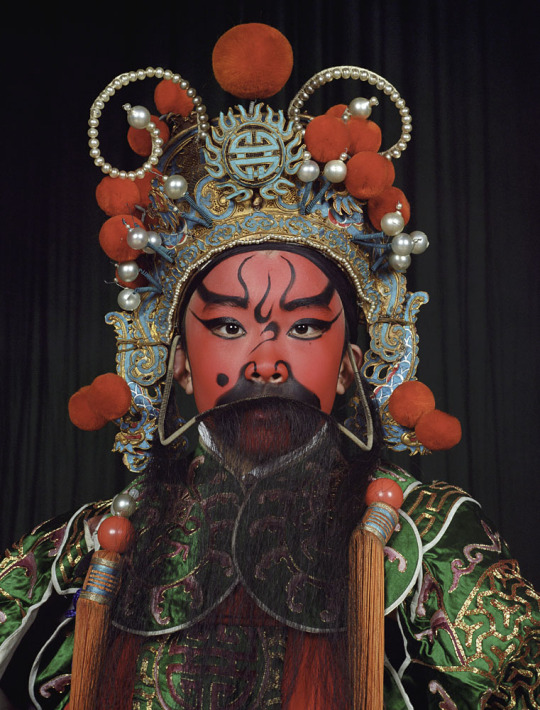
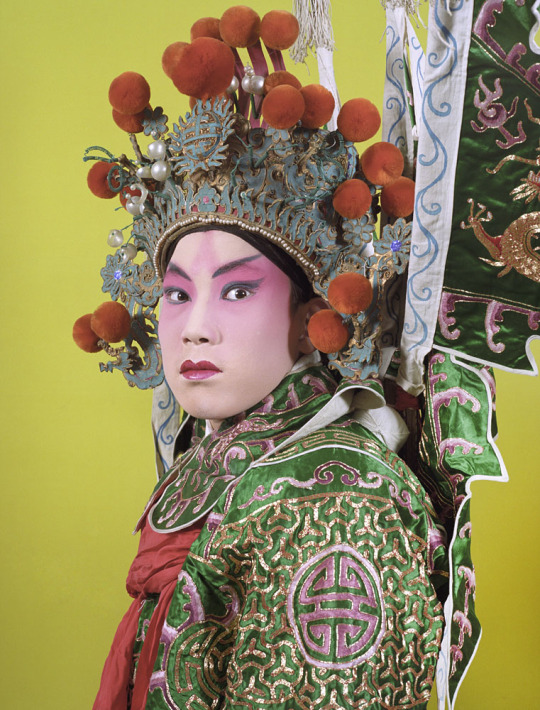
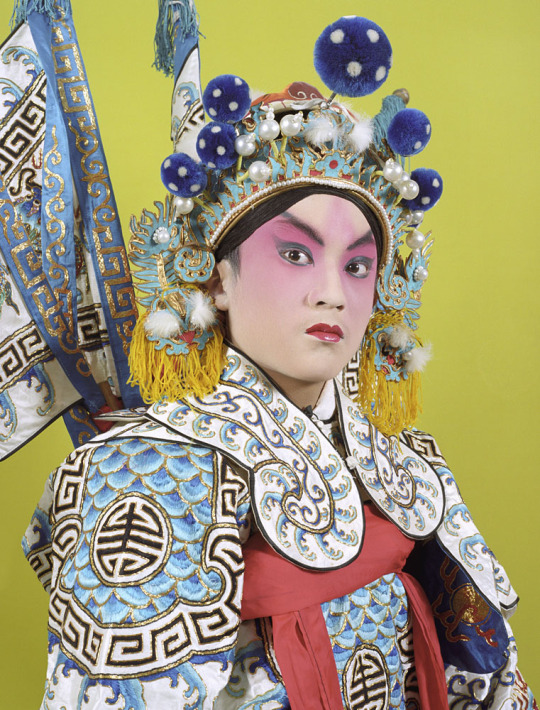

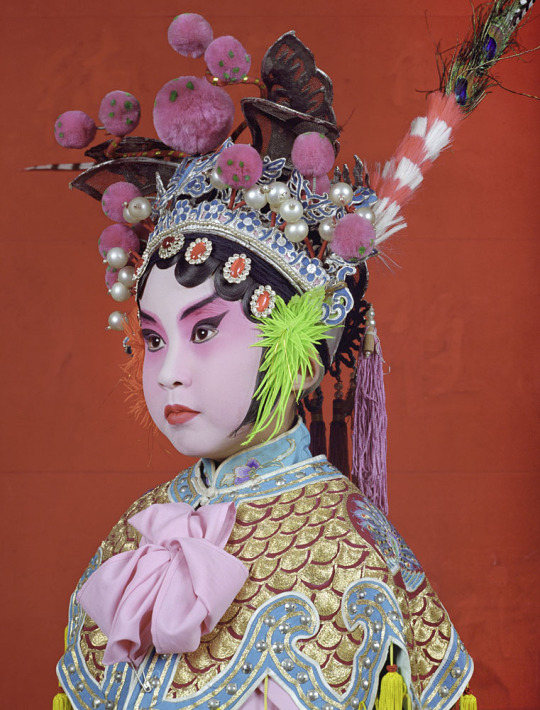
Rongqiu isn't used just for Chinese opera performances - it's a very common decorative item for Chinese headwear, especially for traditional/folk performances.
Below - examples of rongqiu use in folk custom/performance costumes, left to right: 1) 游神/youshen (wandering gods) procession in Fujian (x), 2) 英歌舞/yingge wu (yingge dance) performer in Guangdong (x), 3) & 4) 高跷/gaoqiao (stilt walking) performers in a 社火/shehuo parade in Gansu (x):

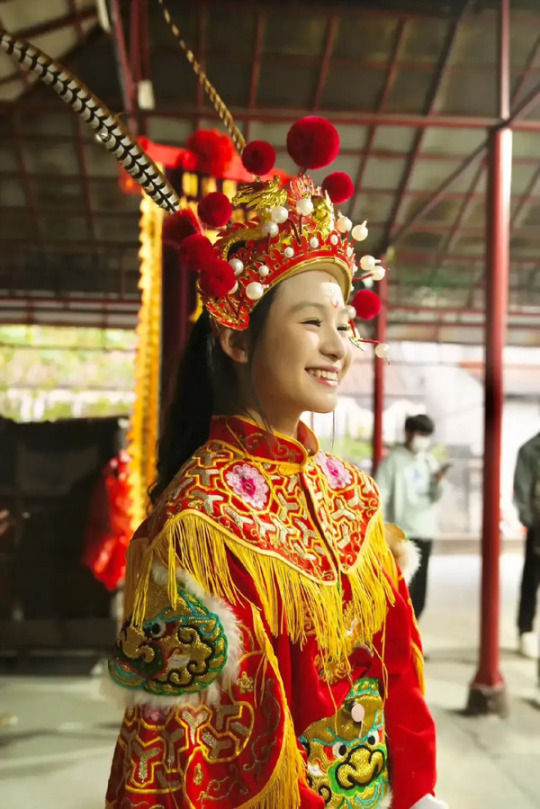

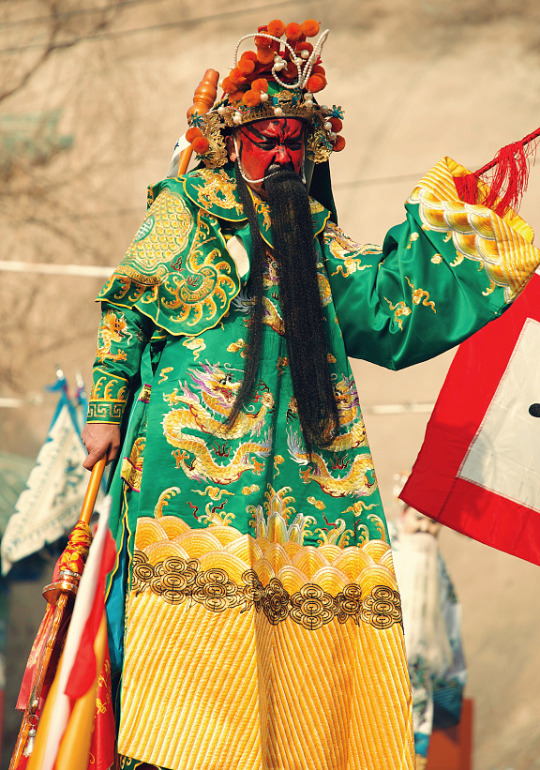
As a festive decoration, rongqiu was also widely used on bridal guan (crowns) from the Qing dynasty into the modern day.
Below - examples of rongqiu use in historical bridal guan: Left - a bride during the late Qing dynasty, circa 1890 (x); Right - a bride during the Republican era/minguo, in 1939 (x):
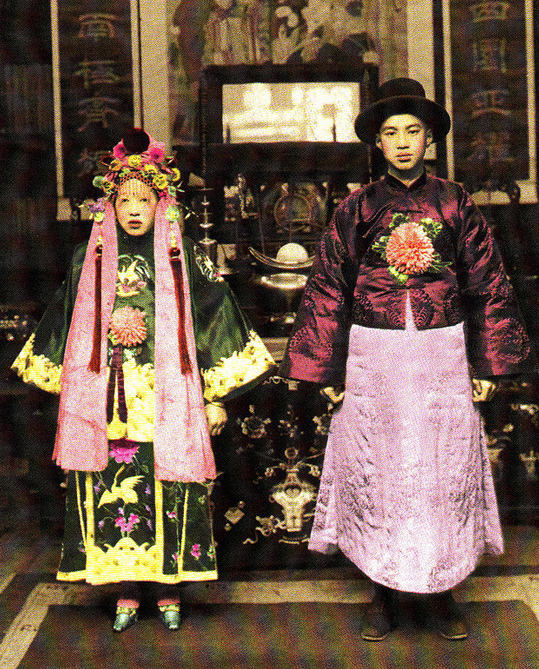
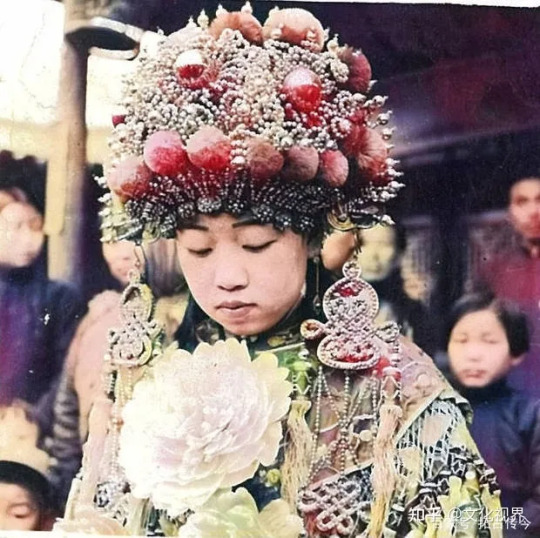
For some reason it's been extremely difficult to find sources on the origin of rongqiu that would shed more light on its significance, but based on historical paintings the use of rongqiu as a head ornament may have originated in the Qing dynasty. During the late Qing dynasty, it was fashionable among women to wear rongqiu on the sides of their hair, as can be seen in the paintings below (x):

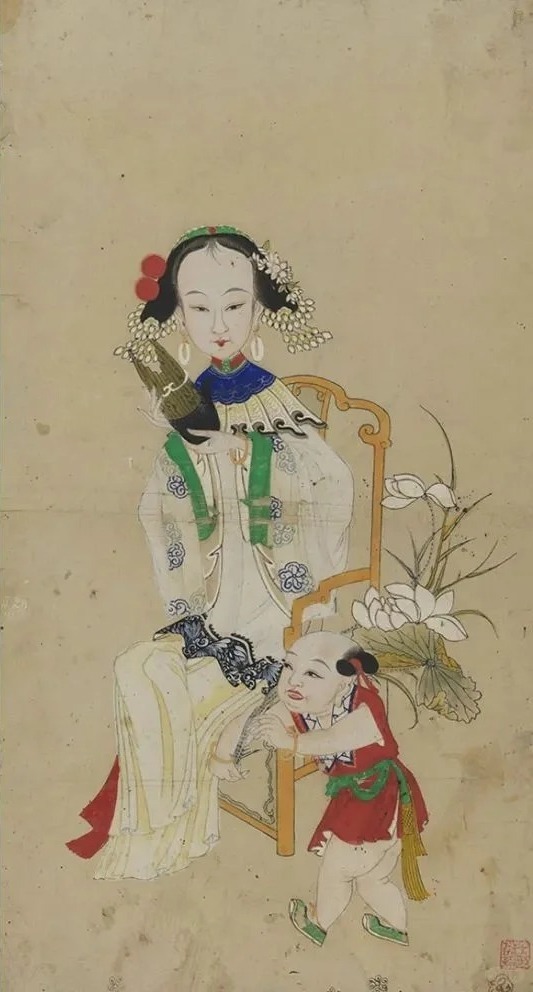
This particular style of rongqiu hair ornament was depicted in the 2012 historical cdrama 娘心计/Mother's Scheme:
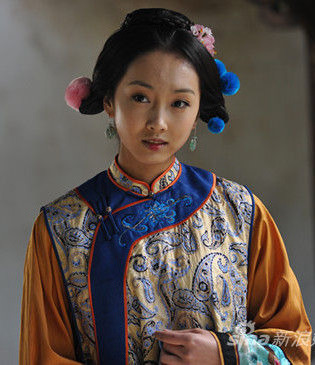
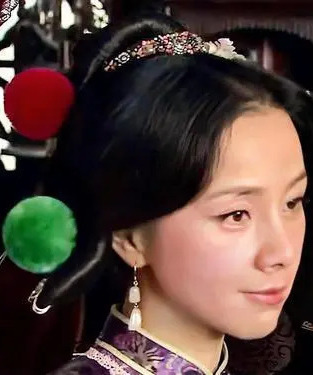
For more references, please see my rongqiu and kuitou tags.
If anyone has more information on the significance of rongqiu, please do share!
Hope this helps ^^
#rongqiu#pompoms#kuitou#chinese opera#opera costume#xifu#hanfu#history#reference#ask#reply#junpeicindystories#chinese fashion#chinese clothing#china
503 notes
·
View notes
Text
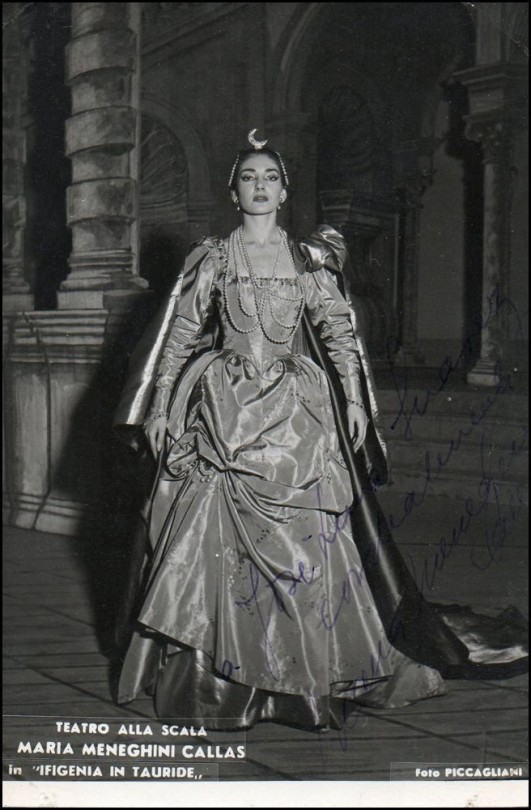



#maria callas#opera singer#ifigenia in tauride#black and white photography#monochrome#opera costume#milan#la scala#1957#1950s#50s#crescent moon
15 notes
·
View notes
Text
For #Feathersday: Some selections from the Kingfisher Headdresses from China exhibition at Art Institute of Chicago showcasing tian-tsui, the traditional Chinese fine art of using the highly prized iridescent blue feathers of regional Kingfisher species (Alcedinidae).
Lots more pieces (including smaller hairpins & earrings) on display at the exhibition, open through May 2023.
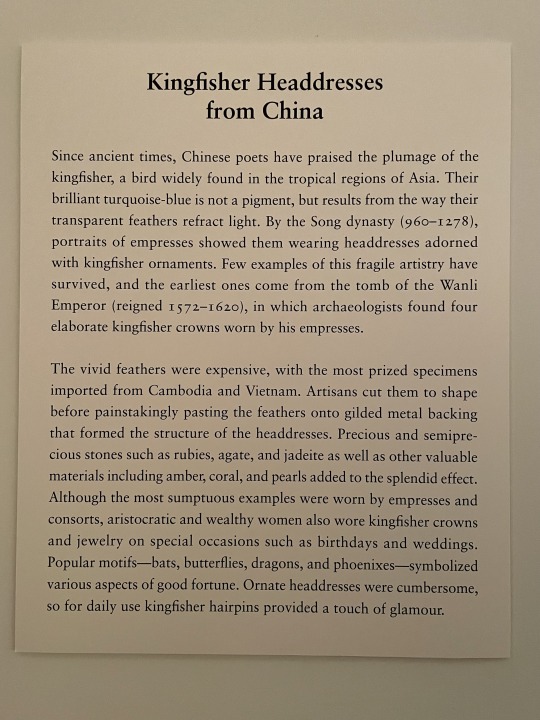
It is also important to note that the demand for feathers for tian-tsui nearly drove kingfishers to extinction in China in the early 20th centry, with the last feather factory closing in 1933. But there are now some contemporary artists reviving the craft who make a point of using ethically sourced feathers (collected from molt etc).

1 Cap (清朝 点翠头饰)
China, Qing dynasty (1644-1912), 18th-19th century
Gold wire, kingfisher feathers, amber, coral, jadeite, ivory, glass, silk
Exceptional workmanship and the brilliant color of the kingfisher feathers make this an outstanding example of a woman's headdress. At the center, a phoenix with a peacock-like tail is flanked by a pair of dragons. Stacked above the phoenix are a large bat studded with a jadeite gem and another executed in fine filigree. Gourds, symbolizing the wish for multiple offspring, appear on the sides and suggest that this cap may have been worn by a young woman.
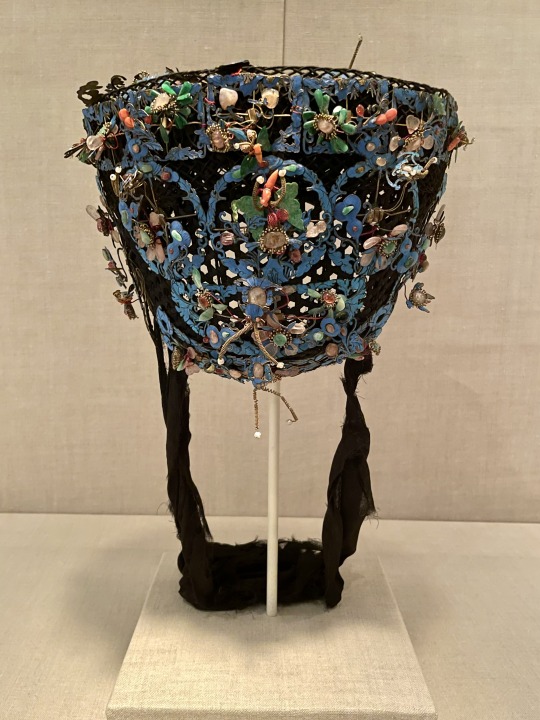
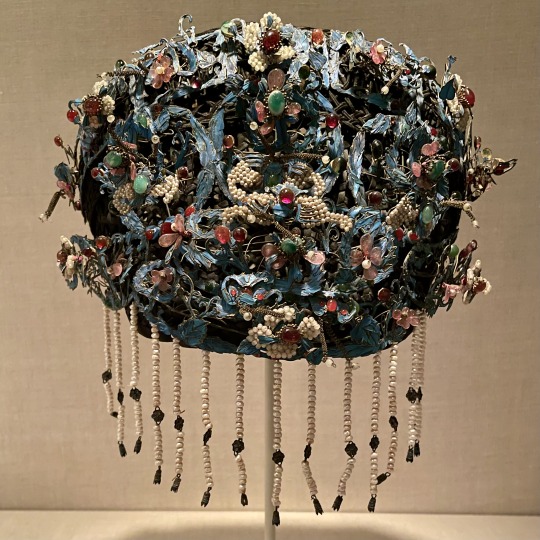
2 Headdress (清朝 点翠头饰)
China, Qing dynasty (1644-1912), 19th century
Silk-covered lattice, kingfisher feathers, gilt bronze, jadeite, coral, amethyst, rose quartz, and carnelian
The central roundel on this headdress features a butterfly with jadeite wings and a coral body while those on either side contain rose-quartz flowers and narrow-waisted bottle gourds, symbols of fertility. Below the butterfly, two bat-like creatures with long antennae and quartz bodies are flanked by gourds. Jade-petal flowers and other plant motifs fill the top register.
3 Headdress (清朝 点翠头饰)
China, Qing dynasty (1644-1912), 19th century
Kingfisher feathers, gilt bronze, pearls, garnets. rose quartz, jadeite, and glass, applied to a silk-wrapped wickerwork trellis
The numerous stylized creatures that adorn this headdress are bats. They represent a motif favored in Chinese art because the Chinese word for "bat" (fu) sounds similar to that for good fortune. The wings of the large bats are fashioned with seed pearls, and red agate cameos indicate the eyes and bodies of the smaller ones. Their long antennae end in pearls, which would quiver with the slightest movement when the headdress was worn. The strings of pearls hanging from the lower rim form a veil.
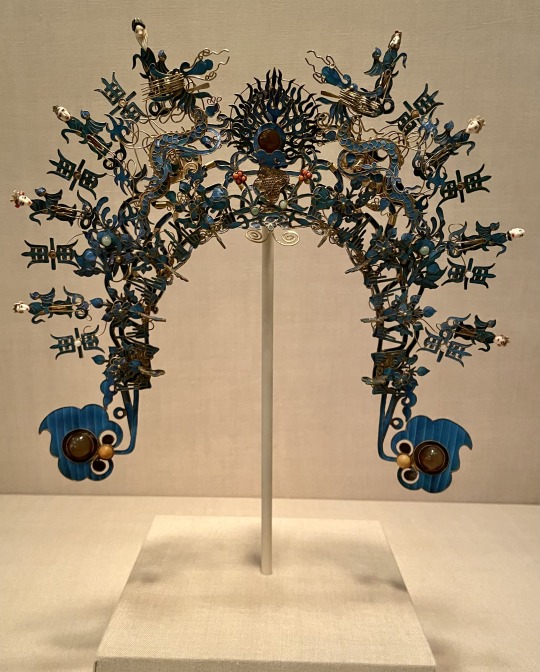

4 Tiara (清朝 点翠头饰)
China, Qing dynasty (1644-1912), 19th century
Kingfisher feathers on silver gilt, jadeite, carnelian, coral, and ivory
In Chinese culture dragons are powerful but benevolent creatures, and the ones that decorate the top of this tiara chase a central flaming pearl- a combination that probably expresses the hopes for a happy marriage. Around the perimeter, stylized characters for longevity (show) and small figures of immortals symbolize a further wish for long life. On the inner rim, the eight phoenixes facing downward are also talismans for good fortune.
5 Tiara (清朝 点翠头饰)
China, Qing dynasty (1644-1912), 19th century
Kingfisher feathers on gold and gilt bronze, agate, and lapis lazuli
At the top of this tiara, a pair of dragons chase a flaming pearl, a motif expressing hopes for a happy marriage. Below them a pavilion probably represents a paradise of immortals, and still farther down are two goldfish, symbolizing offspring and good fortune. The bottom is composed of a row of birds facing downwards, each holding in its beak a string of pearls suspending L-shaped musical chimes. The Chinese word for chime, qing, is similar to that for celebration.
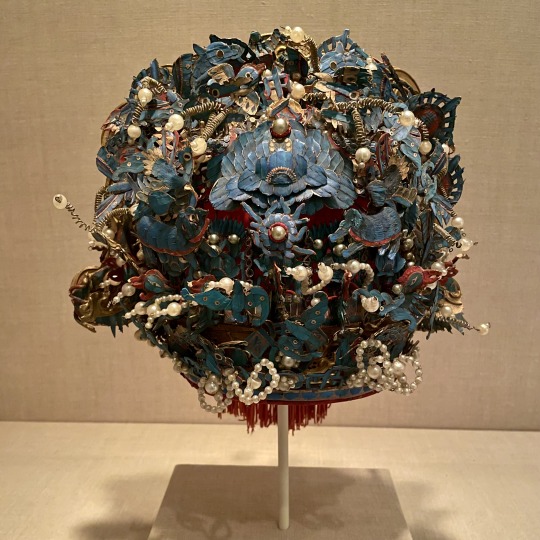
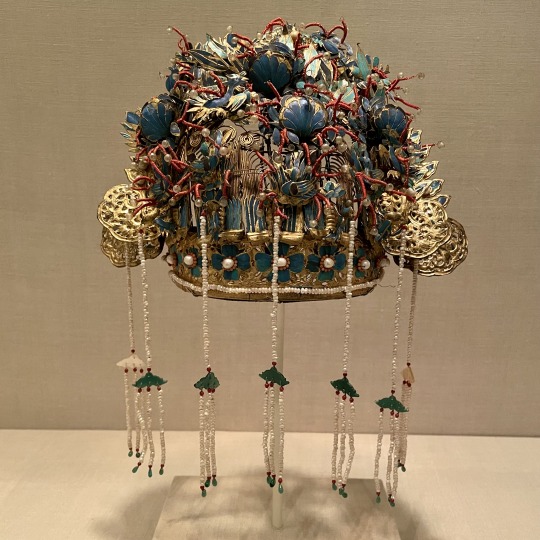
6 Opera Costume Headdress (民国 点翠头饰)
China, first half of 20th century
Kingfisher feathers, gilt bronze, faux pearls, and glass
This headdress teems with symbols of good fortune. The design centers on a large tree peony and below it, a pair of guardian lions flank a flaming pearl. The next row down features red-headed phoenixes and a dragon. A pair of leaping fish--symbolizing a successful career and abundant offspring- appear above the peony. At the top is a pavilion, perhaps representing a paradise of immortals.
More details appear amidst the primary designs: bats and butterflies fluttering their wings and Chinese characters with meanings such as "wealth," "longevity," "nobility," and "glory," collectively imbuing the headdress with an air of celebration.
7 Opera Costume Headdress (民国 点翠头饰)
China, Possibly Guangxi province, early 20th century
Gilt bronze, kingfisher feathers, pearls, coral, silk thread, and glass
Together with phoenixes, mandarin ducks, and bats, four large clamshells decorate this headdress. Each clamshell contains a pearl that is visible only from the side or the top. Contemporary audiences would likely have noticed many pearls dotting the headdress, though, and associated them with the clamshells' contents. In addition to wealth, the pearls probably symbolize a wish for a happy marriage and many offspring.
[all descriptions above from the gallery labels]
***
The only book I know about (in English) about tian-tsui feather art is this one:
Kingfisher Blue: Treasures of an Ancient Chinese Art by Beverley Jackson (2001)

PS - kingfisher feathers aren't really blue - and in fact no bird feathers are known to have "true blue" pigmentation! It's all structural color, just a trick of the light fooling our eyes. :) (Try taking a single "blue" feather and backlighting it sometime to see for yourself!)
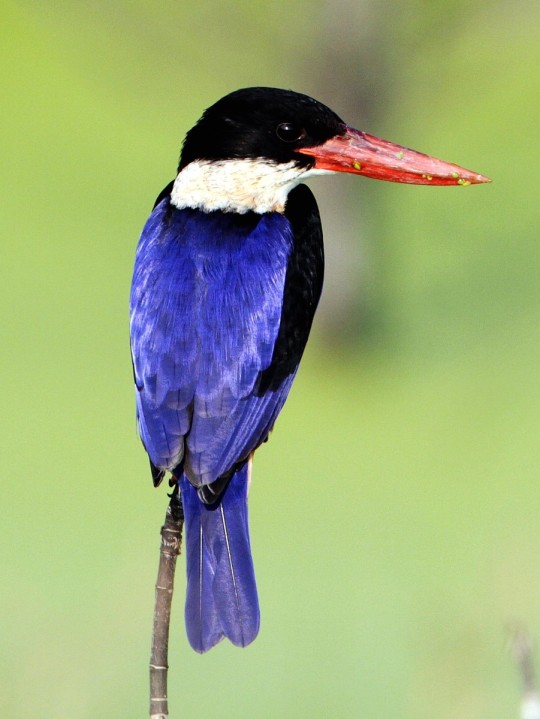
Learn more here:
#kingfisher#bird#birds#birds in art#feathers#feather art#tian-tsui#China#Chinese art#Asian art#Qing dynasty#19th century#20th century#decorative arts#historical costume#headdress#tiara#opera costume#ornithology#color science#blue#exhibition#museum visit#Feathersday#animals in art#book recommendation#Amazon
139 notes
·
View notes
Text
Visual Writing Prompt #551

#visual writing prompt#writing prompts#writing help#writing tips#writing inspiration#theater kid#theater#opera#theater costume#opera costume#jester#red and white#subway#things you see on the subway#all dressed up#standing out#train ride#unexpected
49 notes
·
View notes
Text

Opera Costume La Belle Assemblee March 1826
5 notes
·
View notes
Text



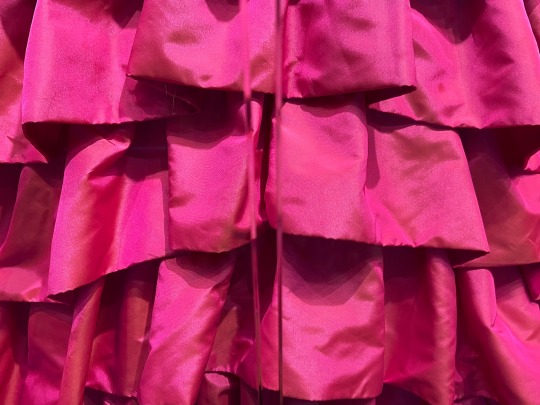

“Carmen” costume plus set design!
8 notes
·
View notes
Text
Say what you will about Van Helsing 2004; hate it, love it, be indifferent, But the All-Hallow's masquerade ball went sooooo hard and it had zero right to do so! It's a fun, campy, monster mash movie with wonderfully dated ( and expensive) cgi and non-stop action meant to be a popcorn flick one takes out to watch around spooky season. And it has this* chef's kiss* GORGEOUS 6 minute sequence plopped arbitrarily in the second act, which unexpectedly surpasses nearly every other ball in the last 30+ years of film( notable exception being the Cinderella 2015 ball) for literally no reason other than to be dramatic af.
Like feast your eyes on this Gothic masterpiece!!! Who doesn't want to immediately live in this picture?!??
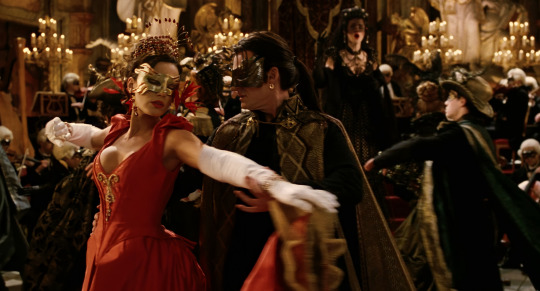
They used those candles with oil in them so that they would have real candles, real string orchestra( I believe), probably around 100 real life extras( something which is tragically absent in modern film), said extras are all in beautiful fully decked-out costumes( which are in luxuriously dark colours, but nearly no fully black, another thing you cannot say for much modern cinema), REAL CIRQUE DU SOLEIL PERFORMERS for all the acrobatics!!!! Hell, instead of filming in a sound stage, where they could control the reverb and the acoustics and the size of the set and the bloody lighting ( they apparently had a heck of a time emulating the firelight for this sequence) and the temperature( it's very cold in stone churches!) better, they filmed in a Baroque church in Prague! As I said, peak dramatic splendour, jfc...

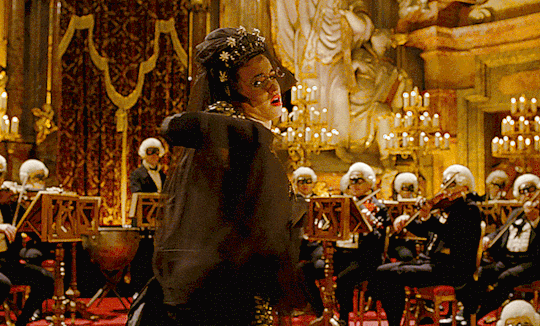

Think about that a second...They filmed a vampire masquerade in a Baroque Catholic Church( St. Nicholas' in Lesser Town, if you were curious) with amazing over-the-top acoustics and marble statues and real, tiled floors and marble pillars and a choir loft which they very much utilized, covered the pipe organ and the altar with a grand brocade curtain so it wouldn't be so obviously a, you know, a church! And there's a gold gilt elevated and canopied pulpit into which they put two vampire kiddies for, again, the sake of being dramatic.
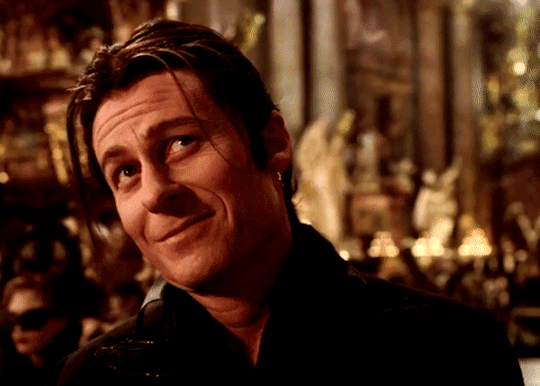
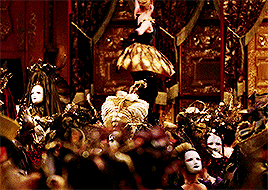
And the costumes! They remind me of the 25th anniversary Phantom of the Opera Masquerade costumes. Same quality, like they're old, well-cared-for costumes pulled out of a warehouse, instead of fast industry churn-outs. With lots of trim and colour and masks and lace and feathers and..just...ugh.. they are all perfect! Just look at all the head pieces on the ladies and the hats on all the gentleman ( save Dracula of course) and the powdered wigs on the musicians. ANNNNDD! The dresses are historically correct!!!!!! It's the 80's bustle era! Nobody does the 80's bustle era in film anymore and it's a bummer. Oh and one other thing! Anna's ( and other women's) hair, at least here in the ball, is also historically accurate because it's all pinned up! None of those fucken modern beachwaves at a ball! Everybody's got updo's!
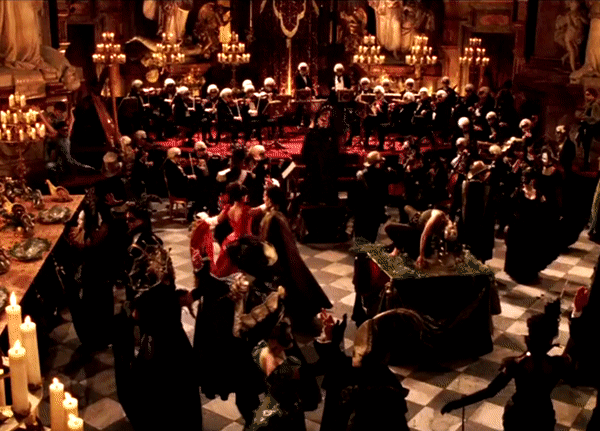
Gah, I swear, Dracula in his gold cloak really does things to me in this scene!

By the way, the acrobatics are bonkers in here for just background stuff!! Especially the random guys on unicycles and the dude playing the violin whilst standing on a ball...Like....WHAT?
Anyways, all this to say, that this masquerade ball feels sooo real and tangible and because of that it blows every other film out of the water, and no, I will not change my mind!!!!!
Here's a few more gifs, bcuz, why the hell not, this scene is sexy as fuu*ck?
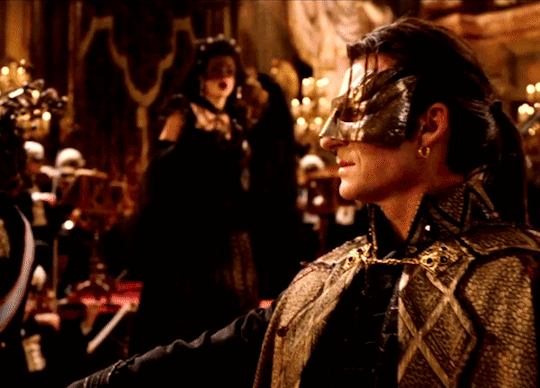



Alright I need to go to bed now.
#van helsing#van helsing 2004#dracula#count dracula#cinderella 2015#I'm on a film rant#masquerade ball#vampire#vampire masquerade ball#practical effects#costumes#gorgeous gorgeous set#baroque church#count vladislaus dracula#cirque du soleil#WHY IS THIS SOOO GOOD????????#princess anna valerious#kate beckinsale#richard roxburgh#phantom of the opera 25th#very phantom of the opera-esque
2K notes
·
View notes
Note
I got a really tough question.
What’s your favorite Twst event of ALL TIME?
I like Harveston
this truly is the hardest question. :( but after much consideration, I think Endless Halloween Night wins out for me, because it's nonstop Characters Being Silly the whole way through. the whole thing is just lots of these little dorks having the most ridiculous interactions, which is always my favorite! and of course the big twist is SO delightfully stupid and doubles down SO hard that it becomes AMAZING and I 100% unironically adore it. AND it's Halloween! everyone is in their cute little costumes and having a spooky adventure! it's great!
however, I am ALSO a big fan of the Harveston event! how can I not be! everyone is wearing comfy winter outfits and getting along really weirdly well with Epel's grandma and he's getting a little worried about that! my terrible loud son sews a plush squirrel and then gives it a silly little nickname and refuses to leave it behind when it breaks! the ending shot with the sled! I LOVE IT.
obviously we need the best of both worlds now

#art#twisted wonderland#malleus in the background: RYUU } >:(#(this is an au where sebek wears his own halloween costume and isn't obsessively trying to match with malleus)#(unless malleus is also wearing a patchwork squirrel costume. hold on wait i should've drawn that instead)#my favorite is when people draw sebek's room and have risugurumi just hanging out on his desk or something#SHE GAVE HER LIFE FOR HIM#well she gave her leg or something anyway#it's been a while i forget#anyway endless halloween night also has my favorite cutscene#which is the five second long cutscene that is literally just floyd going OOH WHAT DOES THIS BUTTON DO and then a battle starts#thank you twst#i believe this is also when trey finds out that sebek's dad is a dentist and immediately makes it weird#while rook is just. dancing around and singing opera in the background.#'did...did he hit his head when we fell through the mirror?' 'no he's just like that'#i have to stop or i'm going to end up recounting the entire event#(sorry this took so long!) (i have been back in Deadline Hell)#(i didn't mean to actually answer this on halloween but it kind of worked out! HAPPY HALLOWEEEEEN)
2K notes
·
View notes
Text
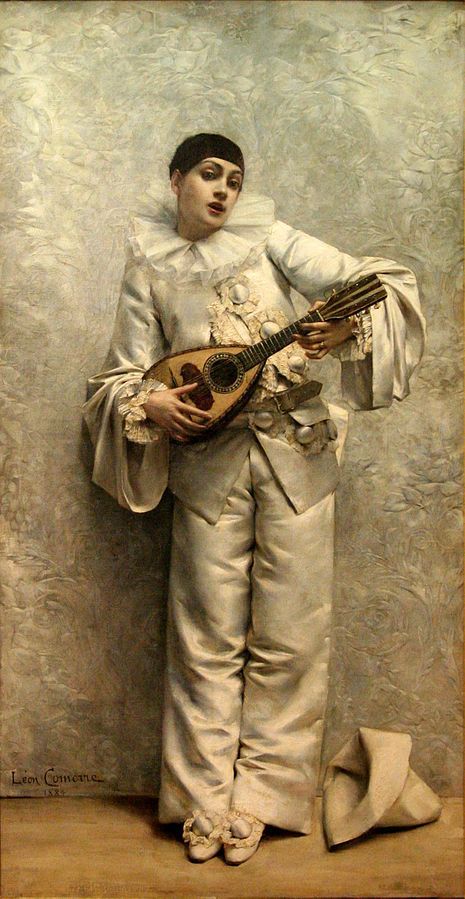
Léon Comerre (1850-1916)
"Pierrot jouant de la mandoline" ("Pierrot playing the mandolin") (1884)
Oil on canvas
Academicism
#paintings#art#artwork#genre painting#portrait#léon comerre#leon comerre#oil on canvas#academcism#french artist#theatre#theater#white#costume#costumes#opera#pierrot#musical instruments#1880s#late 1800s#late 19th century#aesthetic#aesthetics
706 notes
·
View notes
Text

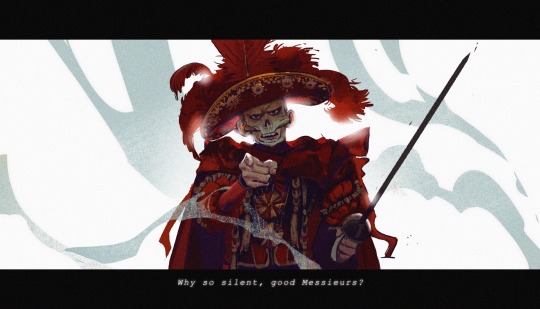
MY. FAVORATE. COSTUME. EVER. I love that the phantom took the time to get dressed up for the masquerade party. That hat has literally 100000 feathers in it. His costume has BOWS🎀 (i think… or lots of bow-adjacent things)
#fanart#phantom of the opera#erik poto#poto musical#poto fanart#animation#costume design#i am crying#i am very late to this fandom
979 notes
·
View notes
Text
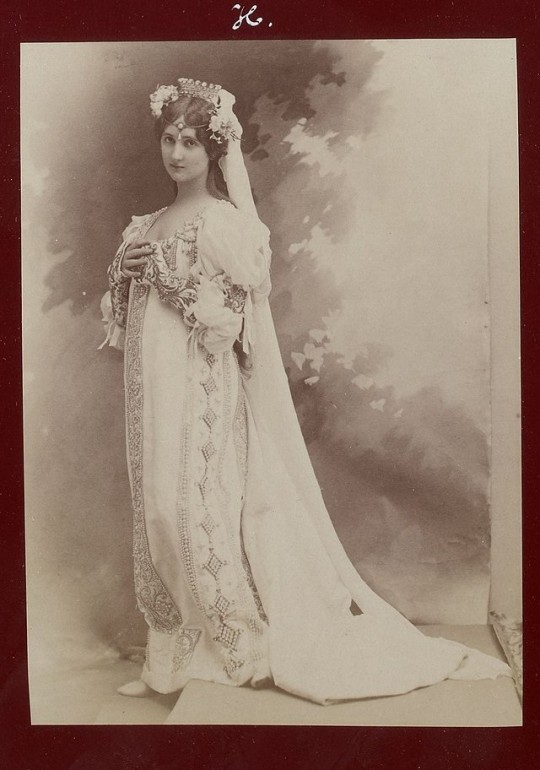



Catherine Mastio as Hero in play "Much ado about nothing" at Opera Comique, 1899; Photograph by Leopold Emile Reutlinger
#stage costume#mdptheatre#photography#france#19th c. france#19th century#opera#headdress#leopold emile Reutlinger
450 notes
·
View notes
Note
Hi I was wondering what type of clothing do Beijing Opera actors wear? Is it specific type of costumes or variation of hanhfu?
Hi! Thanks for the question, and sorry for taking ages to reply!
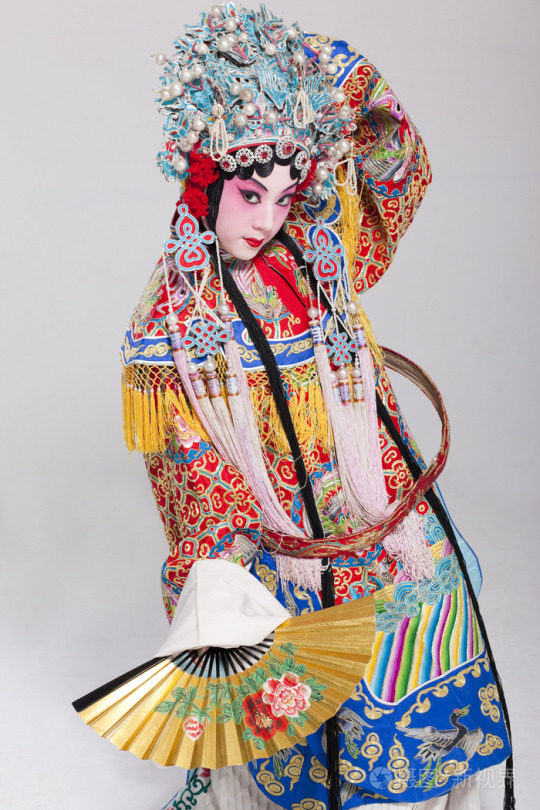
Beijing opera actors wear Chinese opera costumes called 戏服/xifu (lit. “theatrical clothing”), which can be considered a variation of hanfu depending on the style. I have more information in my post here, please check it out! ^^
I also found this Zhihu article (in Chinese) with pictures and descriptions of different styles of Beijing opera costumes as worn by specific characters. According to the article, Beijing opera costumes are mainly based on Ming dynasty hanfu styles, with some theatrical modifications. Because Beijing opera arose and developed during the Qing dynasty, the costumes may also have characteristics of Qing dynasty and Manchu clothing. The article is very informative and I highly recommend it for those interested in Beijing opera costumes!
Below - pictures of various Beijing opera costumes from the article:
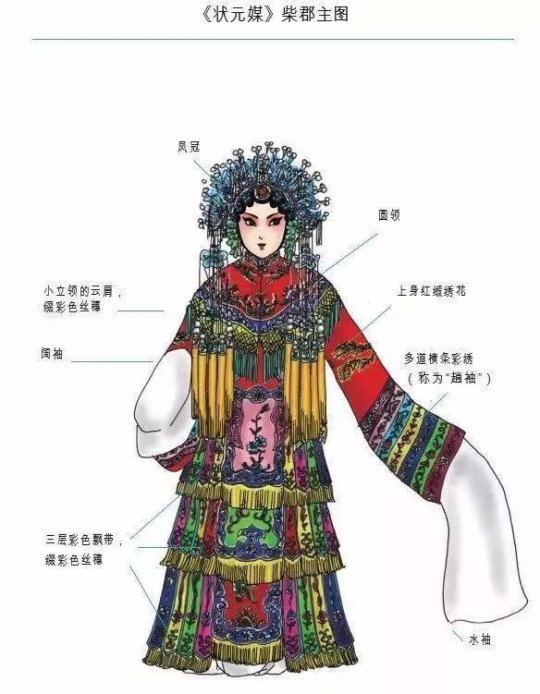
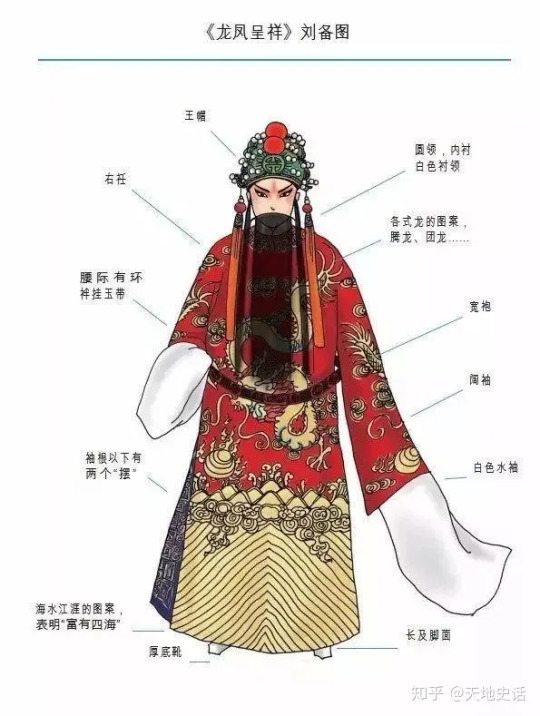

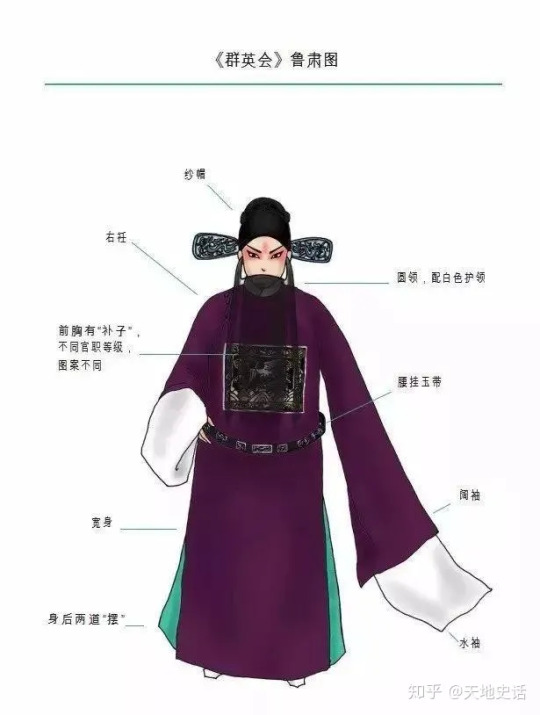
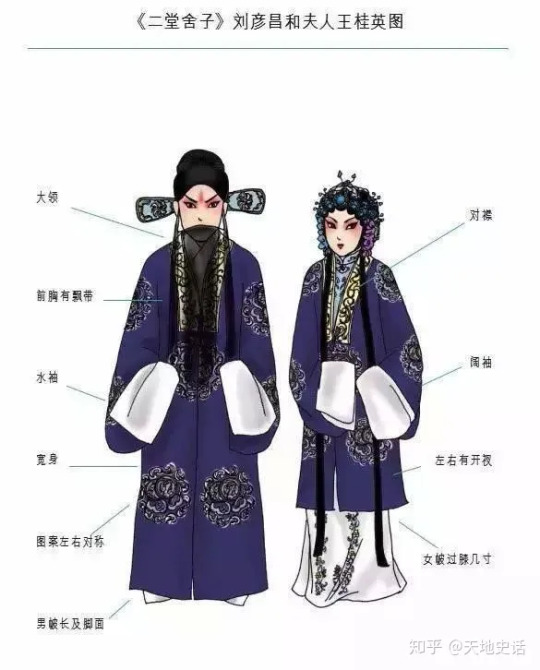


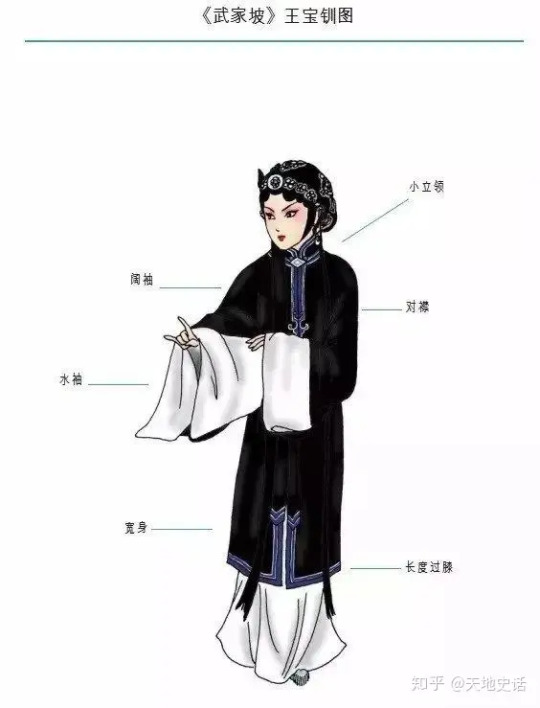
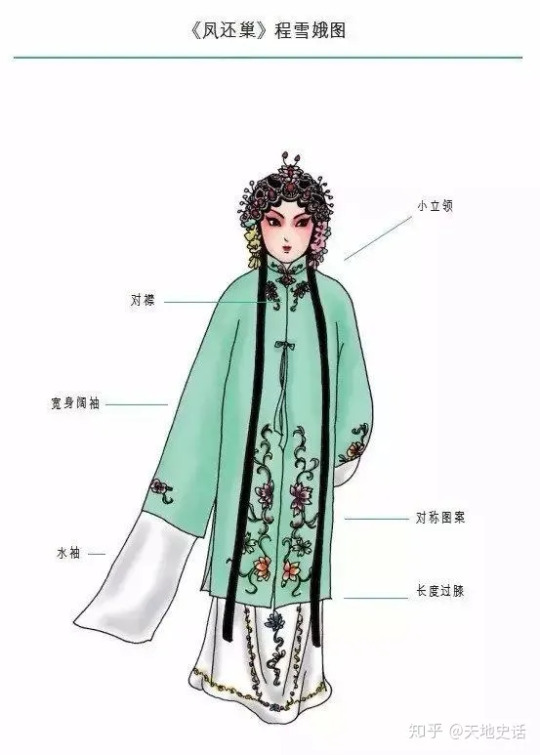
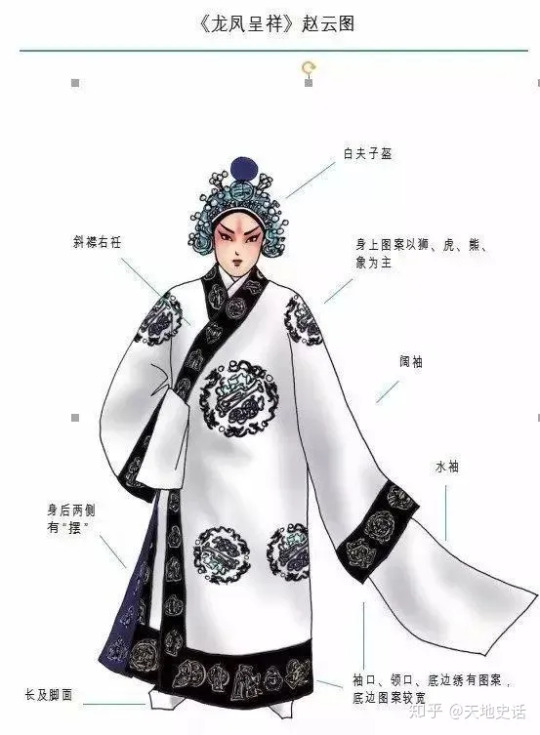



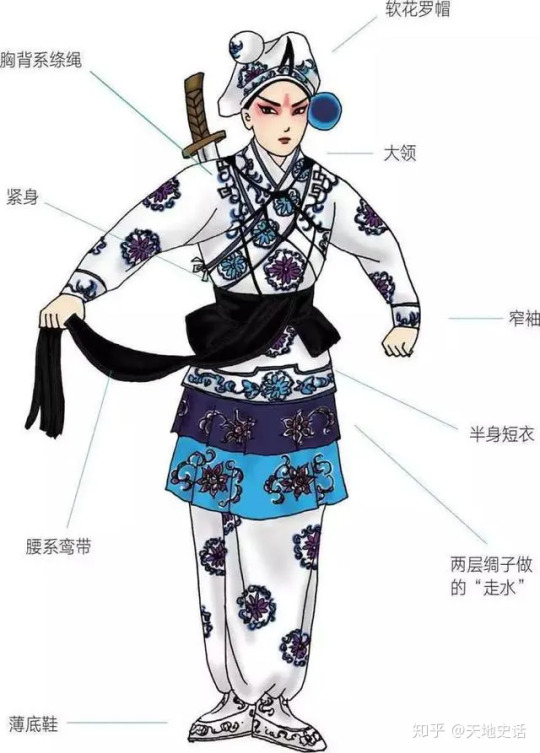


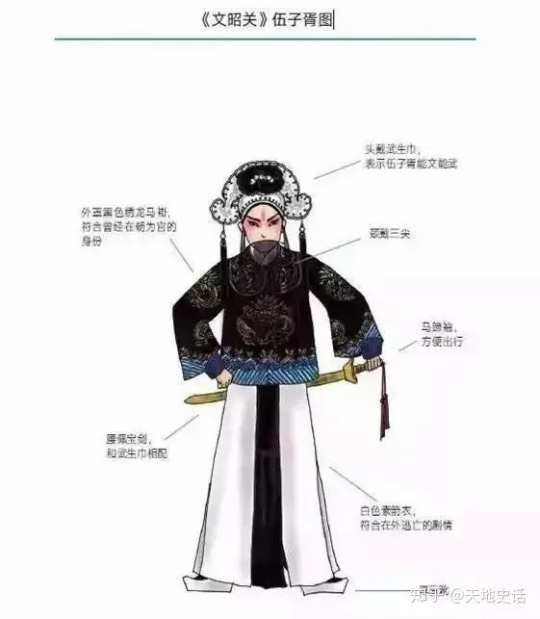
For more information and references, please see my Beijing opera, Chinese opera, and opera costume tags.
Hope this helps! (Beijing opera image via)
#beijing opera#chinese opera#opera costume#hanfu#xifu#art#ask#reply#>100#history#reference#chinese clothing#chinese fashion#china
235 notes
·
View notes
Text


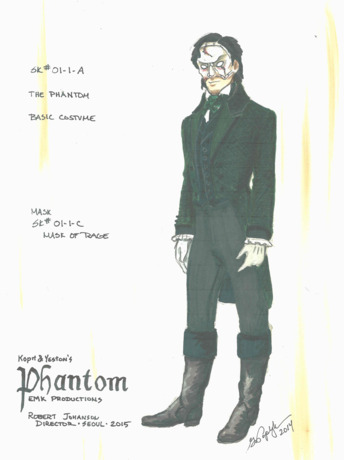
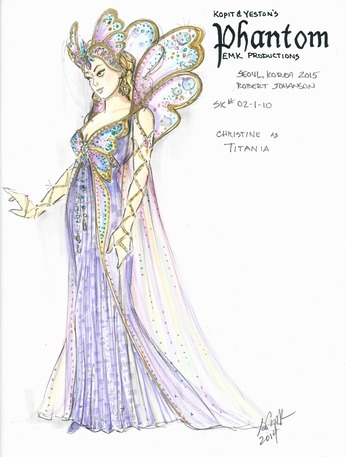

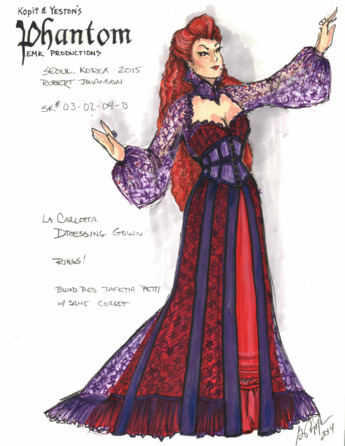

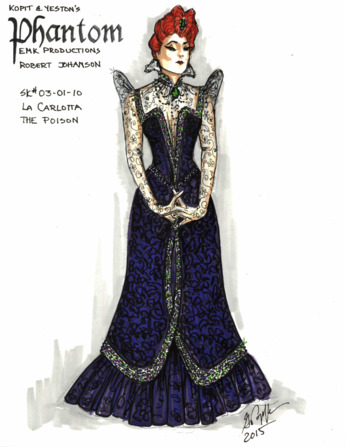

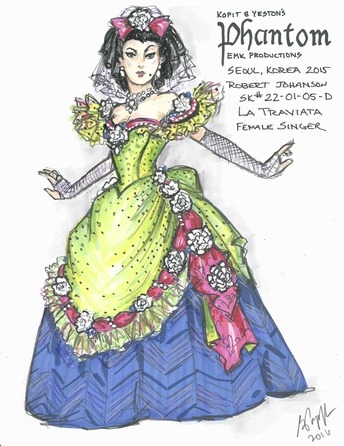
Costume sketches for the Seoul production of Yeston & Kopit's Phantom, designed by Gregory A. Poplyk
619 notes
·
View notes
Photo
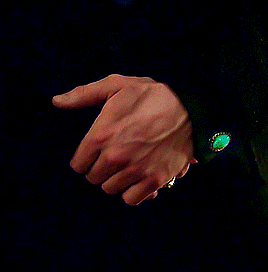

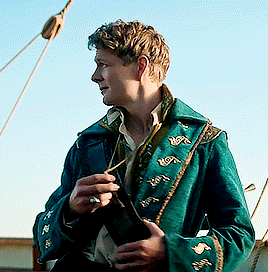
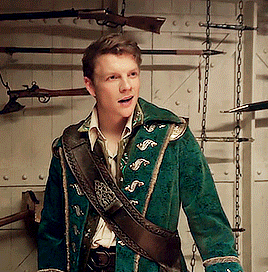





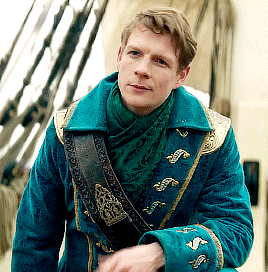
Nikolai Lantsov Fashion: Sturmhond Edition
“And you’re Sturmhond.”
“On my good days,” he replied. He wore leather breeches, a brace of pistols at his hips, and a bright teal frock coat with gaudy gold buttons and enormous cuffs. It belonged in a ballroom or on an opera stage, not on the deck of a ship.
#sabedit#shadowandboneedit#shadow and bone#nikolai lantsov#grishaverse#shadowandbonecentral#shadowandbonesource#patrick gibson#my edits#nikolaifashion#nikolailantsovedit#wendy delivered on the costuming!!!!#I'm obsessed with his foppish little floral vest#and THE COAT! it's perfect! the absolute right amount of Over The Top#I'm so glad they didn't scale back#his gaudy opera stage coat is important!!
2K notes
·
View notes
Text




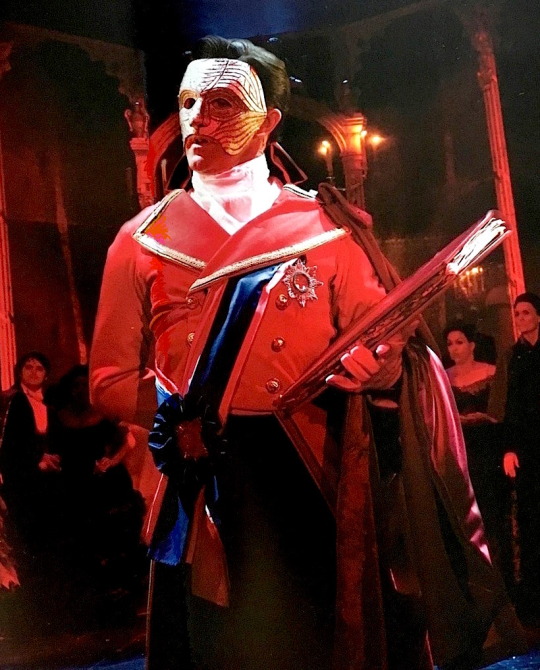



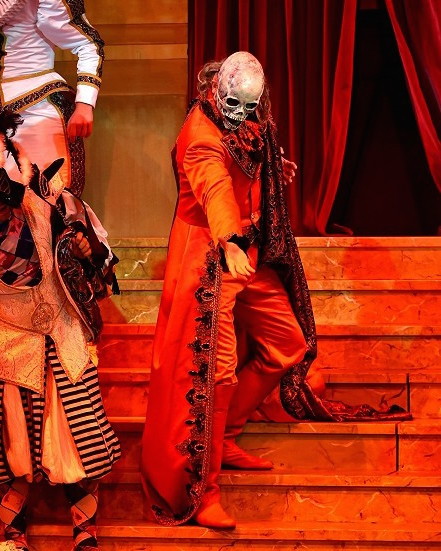
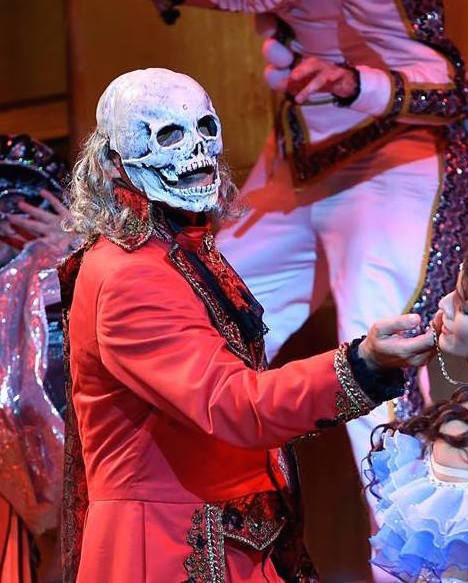

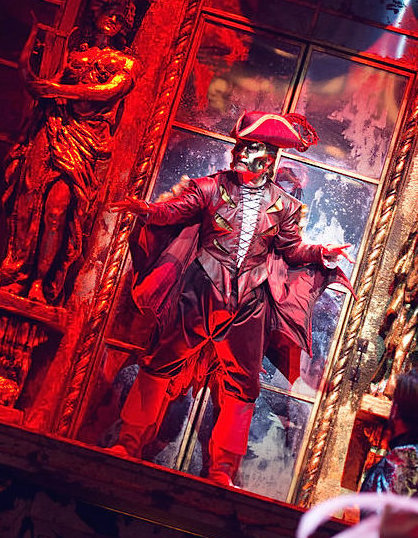

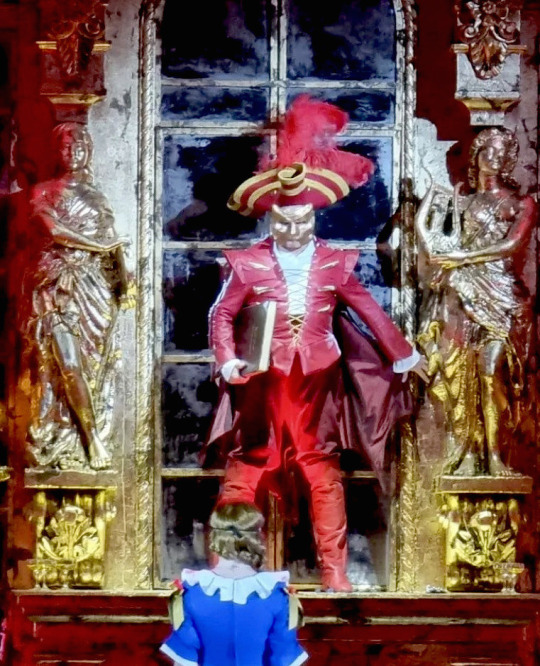
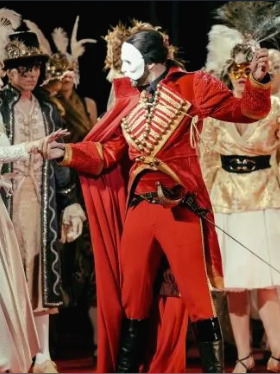
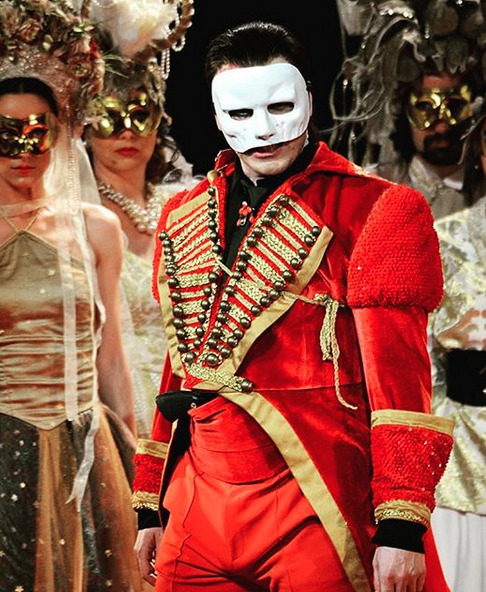



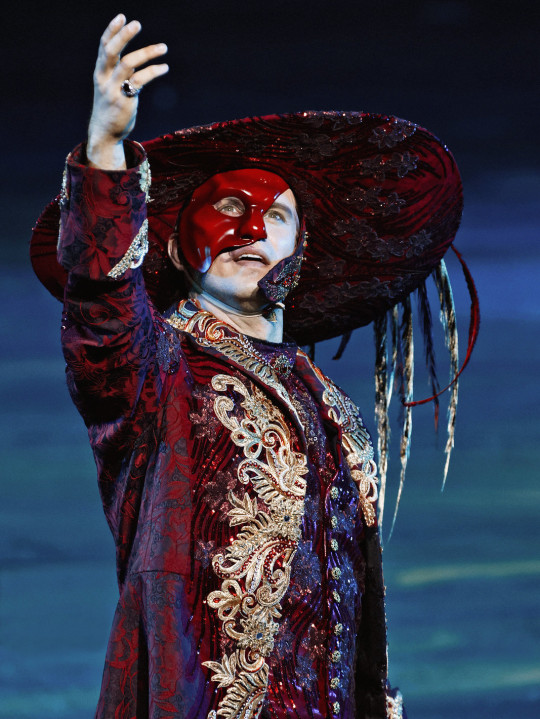

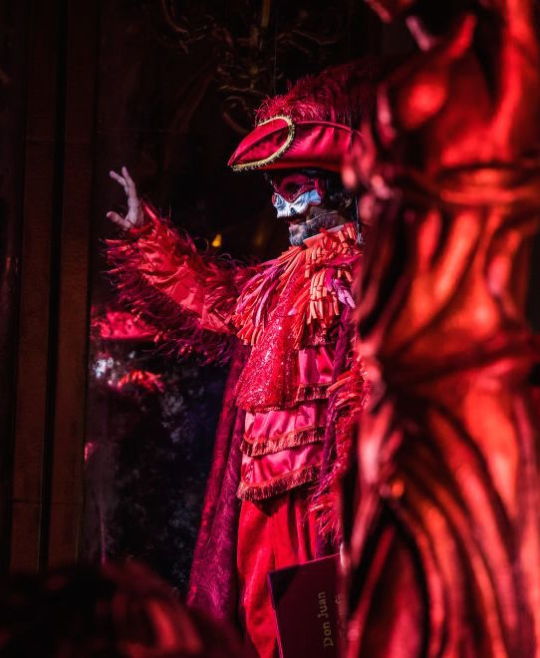


Red Death in non-replica productions
ROW 1: Hungary
ROW 2: Poland (two slightly different versions)
ROW 3: Restaged Tour (two quite different versions)
ROW 4: Estonia
ROW 5: Czech Republic
ROW 6: Romania (prototype) and Norway (redesigned)
ROW 7: Greece, Middle East (same as Norway, with variations)
ROW 8: Serbia
ROW 9: Bulgaria (left) and Sweden (right)
ROW 10: Sydney Harbour
ROW 11: New Romanian production
ROW 12: Italy/Monaco/Spain
#the hungarian one though!#phantom of the opera#red death#masquerade#costume design#costume nerding#non replica
253 notes
·
View notes
Text
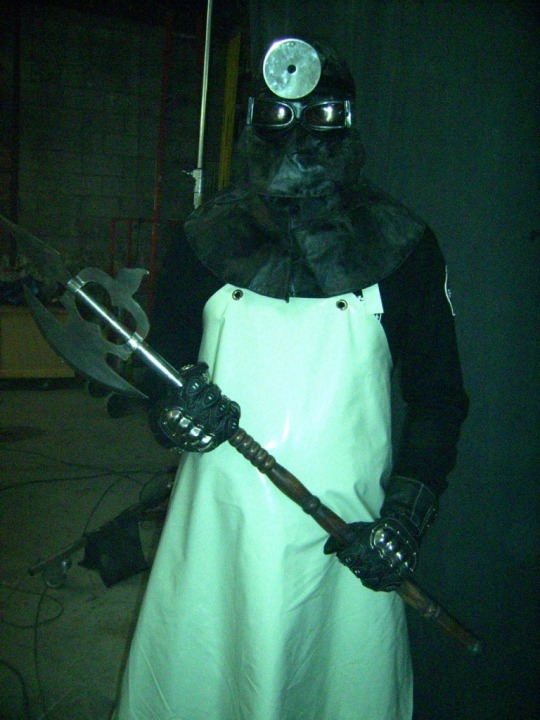

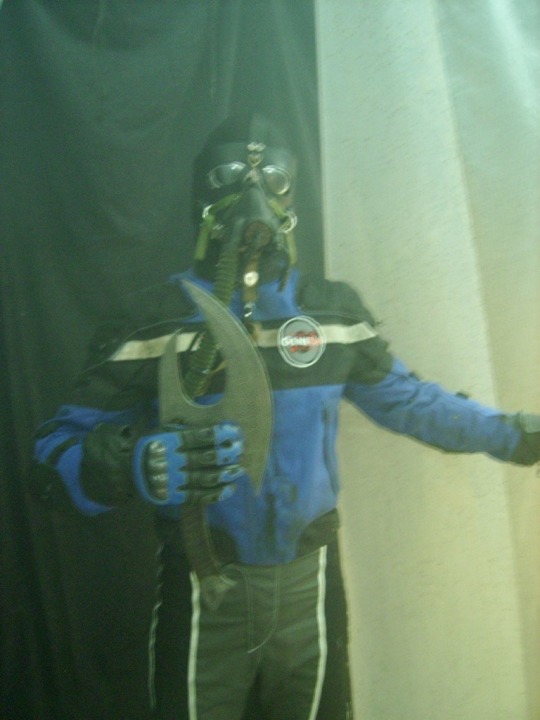

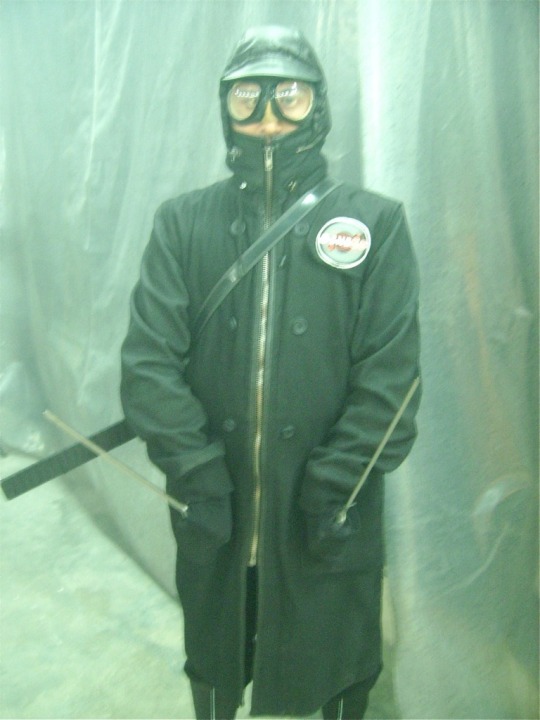


Close ups of the repo men from the now defunct Repo! The Genetic Opera costume photobucket.
The costume designers called these "Cadets" and many of these can be seen in Night Surgeon!
733 notes
·
View notes